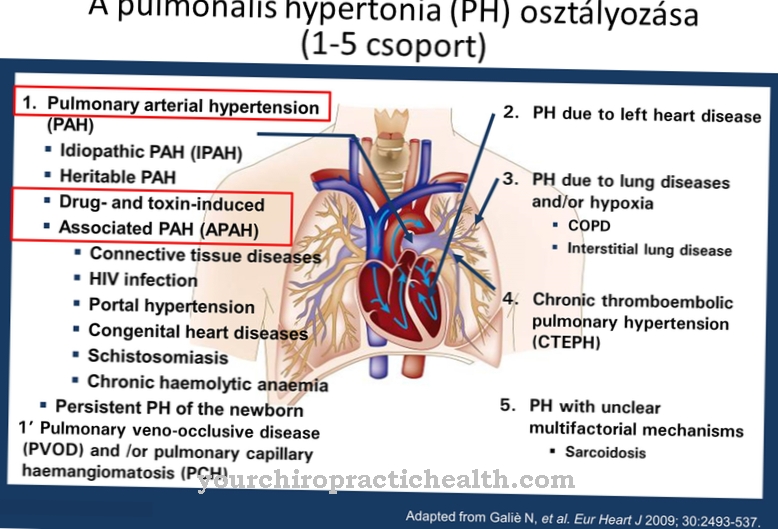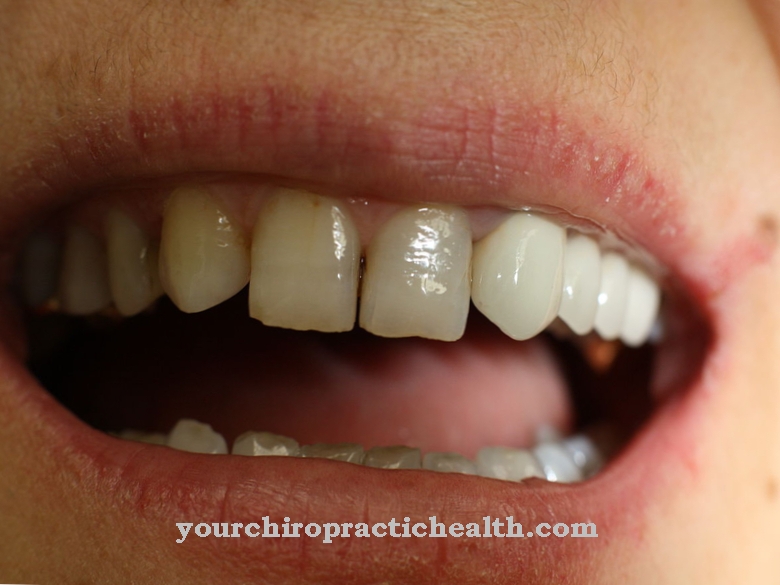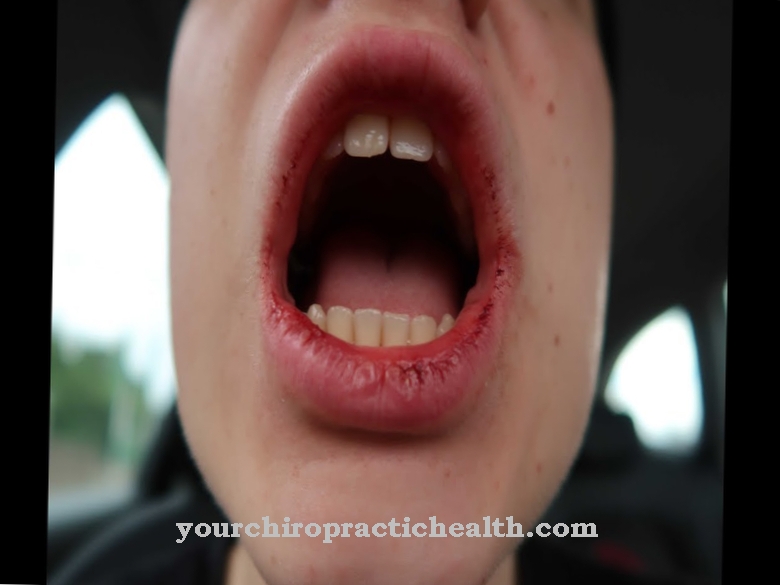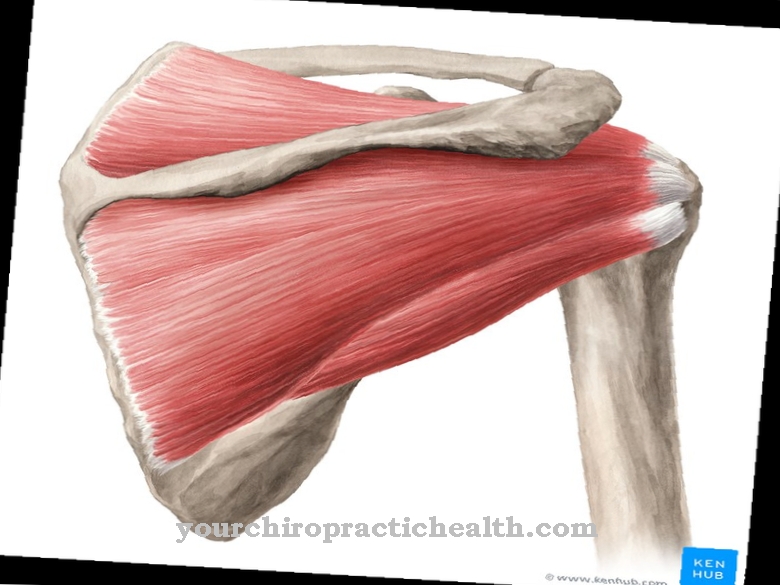What characterizes the buttocks
In most cultures it will buttocks considered impure as it is associated with proximity to the anus. The resulting sense of shame leads to the habit of covering the entire body part all over the world. Exposure even in Germany collides with the law and may only take place in the media under strict regulations.
This can be attributed, among other things, to the fact that exposing one's own buttocks region is associated with degradation. The gesture expresses a disregard that can be directed against a social group or a topic. Exposure has therefore also established itself as a gesture of protest. In the English-speaking world, it is known as "mooning". Nevertheless, the buttocks play an important role for humans. In terms of body functionality, the buttocks region is of great importance.
Anatomy & function
The gluteal region is divided into two symmetrical halves, the so-called buttocks. You will benefit from the Crena ani, better known as the anal groove. The buttocks themselves are made up of the ischial pelvis, the gluteal muscles and the fat pad. The most important gluteal muscles are the Gluteus maximus muscle, Gluteus minimus muscle and Gluteus medius muscle.
The former is the second strongest muscle in the body. It is responsible for the connection of the iliac blade with the sacrum. The fat pad itself achieves a different level of amortization depending on the fat deposit. Nevertheless, certain bone points can be felt. They become noticeable when sitting on a hard surface for a long time.
The most important bone points include the Posterior superior iliac spine, the Anterior superior iliac spine and the Iliac crest. In addition, many nerves pass through the skin of the buttocks. These are responsible for the highest possible sensitivity. This is especially true for the Nervi clunium. They run through the middle buttock region and branch off into deeper buttock regions.Function & tasks
In everyday life, the buttocks play an essential role in the freedom of movement of the human body. Specifically, the gluteal muscles take on a large area of responsibility. So supports the Gluteus maximus muscle the hip joint when walking and standing. Colloquially it is also referred to as a straightener. The gluteus maximus muscle is responsible for preventing the pelvis from tipping over. Accompanied by Gluteus medius muscle and from Gluteus minimus muscle maximum stability is achieved. In particular, it prevents the pelvis from sinking to the side when walking or standing oddly. The buttocks also allow you to sit. This is particularly thanks to the pronounced fat pad. This is the second largest fat depot in the human body.The size of the buttocks depends on the size of the fat pad. The amount of subcutaneous fat depends on the fat content and the stress on the buttocks. Studies have also shown that the amount also differs according to gender. On average, women have a higher amount of subcutaneous fat.
The fat pad on the buttocks can form a layer of several centimeters. The fat deposits between the muscles can be expanded further. The shape of the cushion is hormone-dependent. In the event of malnutrition, this is broken down again to supply the body. Finally, in its social function, the buttocks act as an intimate part of the body. Both sexes associate it with a strong erotic attraction.
You can find your medication here
➔ Medicines for back painIllnesses & ailments
In the area of the buttocks there are numerous diseases and complaints that can limit the well-being of those affected. In old age, many people complain of pain in the gluteal region. Inflammation of the sacrum and iliac joint is a common trigger for this.
If the trunk is tilted, those affected complain of a deep stinging. The pain is also felt when lifting weights and lifting the legs. A progressive inflammation between the sacrum and the iliac bone can be used as the cause.
In addition, so-called sciatic pain is also common. A permanent contraction of the gluteal muscles can lead to a one-sided pain sensation. In the long term, the contraction leads to a squeezing of the sciatic nerves, which increases especially with external rotators. Fitness and relaxation exercises can help here.
A pain sensation can also occur if the buttocks are misaligned. Pelvic obliquity is particularly problematic as it can cause severe back pain. A tilt of the pelvis is accompanied by protruding or flattened buttocks.
Osteoporosis, scoliosis or muscle tension can be used as the cause. As a result, the pelvic inclination can affect almost all areas of the skeleton. The most common symptoms include back pain, muscle tension, and headaches.
A reduction in the deformity can be achieved by wearing insoles and specific training. In everyday and professional life, buttock pain can be attributed to monotonous sitting or an unfavorable posture.
This can lead to tension and overuse of muscles. It is therefore important to avoid one-sided stress. Attached you can include a training to develop the gluteal muscles. Many exercises can also be done in-house.












.jpg)



.jpg)










.jpg)
